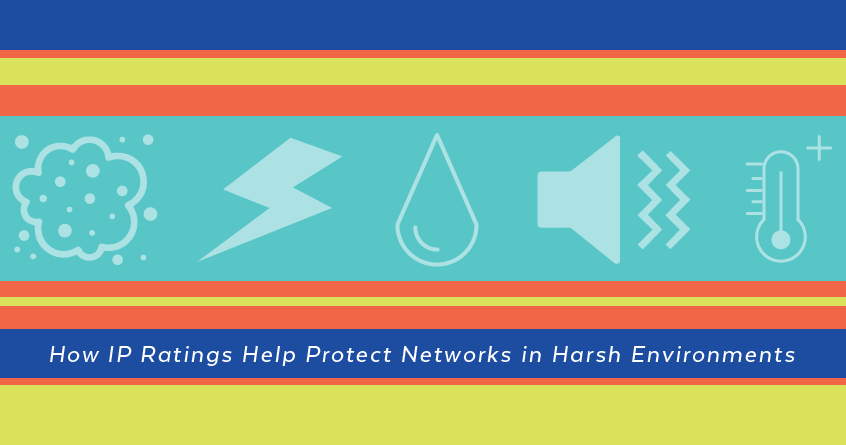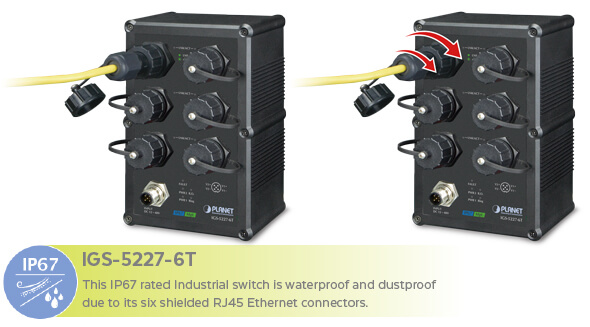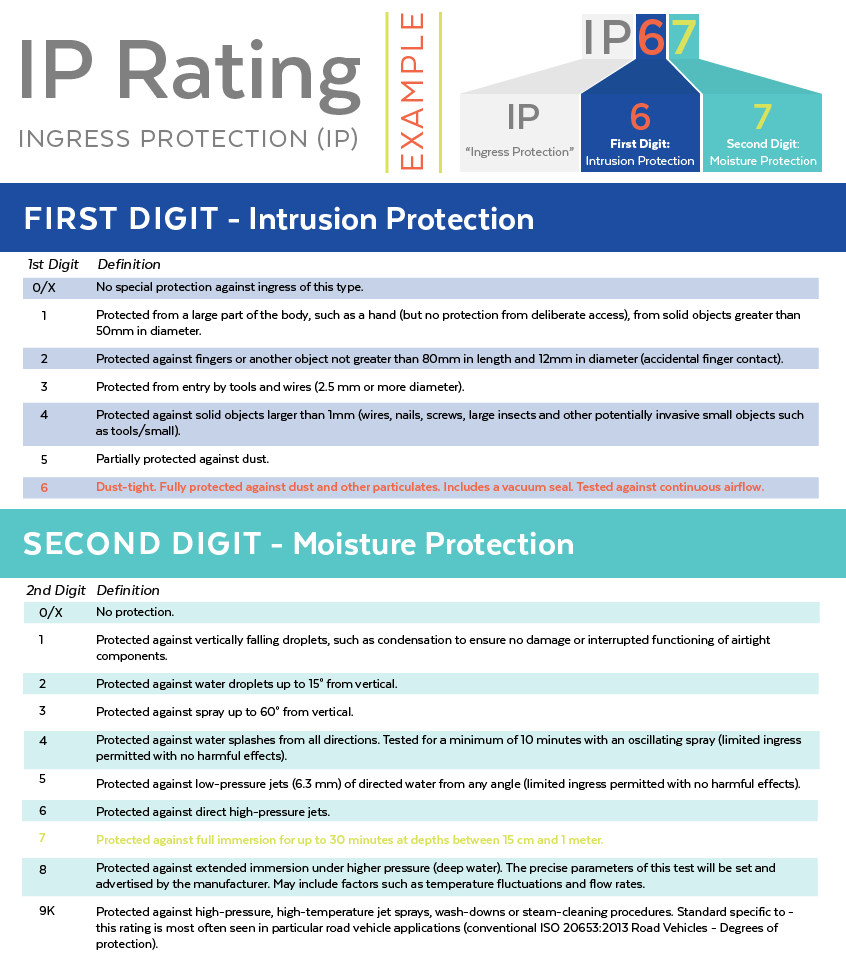A harsh environment is a place where high levels of thermal or mechanical stress can literally wear down or break network equipment. These are places where dust or moisture pervades. Left unchecked, the effects of harsh conditions on electronic equipment can quickly shorten lifespans of otherwise robust technologies. That is why the International Electrotechnical Commission (IEC) has formed a scale of Ingress Protection (IP) Ratings, informing consumers how to purchase the right equipment for extreme environments and prolong the life of their enterprise.
These ratings act as a unified standard for enclosing electronics and help gauge their resistance to wet and dry contaminants.
This post discusses why and how contaminants enter into electronic enclosures and impact the impact of their function. It will give examples of some typical environments where IP is essential. It’ll also explain the system of IP ratings and either introduce the subject with those hearing it for the first time or flesh things out for those who are already familiar with them.
Why the IEC Rates Environments Harsh
Unpainted metal can quickly corrode in saltwater. The introduction of water or high levels of humidity can also deteriorate integrated circuits (or chips), which may be found inside of computers, switches and other electronic devices, including PoE technologies.
Besides moisture, the IEC specifically identifies temperature extremes, dust particles, electrostatic discharge (ESD), electromagnetic interference (EMI), vibration, and physical impact.
The IP code (IEC 60529) and the NEMA (the National Electronics Manufacturers Association) rating systems help consumers in North America understand the standards for various grades of enclosures used in industrial applications. They exist to quantify the degree to which a product can withstand environmental stress factors. Design engineers use these standards to ensure that devices can function in industrial workplaces.
IP Ratings Prevent Negative Effects from Dust
As dust and dirt enter an electronic enclosure, they can harm device functioning. It can accumulate inside ports, sockets and circuits. Once it builds up, it can cause overheating by forming an insulating layer and not allowing heat to properly wick away from metal.
Dust and dirt can compromise or reduce conductance over the signal path hindering switch and relay functioning and even degrading the functions at connectors. In high voltage equipment, arcing may actually occur between the line and ground.
IP Ratings Prevent Negative Effects from Moisture
Rugged environments like the outdoors can produce humidity issues due to typical weather such as dew point, not to mention things like lightning storms or heavy mist.
Another potential cause of damage can come from the cleaning of equipment with water. A high-pressure stream can jar sensitive micro connectors or, at the very least, create the potential for internal condensation.
The presence of chemicals in pressure cleaning devices may also corrode circuitry. Metal compounds with copper and silver are susceptible to corrosive effects which include deteriorating functionality. The more reduced the functionality of the conductive mass, the higher the potential for device failure.
As electronic components shrink due to corrosion, they become less conductive, increasing the vulnerability of failure.
Typical Heavy Industrial Deployments
It’s essential to be informed on the right level of ingress protection against your work environment so that you can protect your investment costs for the electronics and periphery equipment in your harsh industrial environment.
One question people often ask is what are the risks factors in their workplace and what level of IP do they need to maintain the proper functioning of electronic devices.
Mining
Mines have several airborne hazards, including gas, dust, engine exhaust and chemical vapors. Further, noise vibrations, heat, changes in barometric pressure.
Telecommunications
Electronic equipment in cabinets is potentially exposed to dust, lightning, rain, noise vibrations, temperature extremes, moisture and changes in barometric pressure.
Utility Management
In addition to the risks found in mining, power stations also burn coal and oil. Nuclear power may also play a role in terms of electrostatic charges.
Transportation
Similar to the risks round in telecommunications deployments, transportation equipment on trackside or roadside commuter lines increases ingress risk due to dust, lightning, rain, noise vibrations, temperature extremes, moisture and changes in barometric pressure.
Remote outdoor locations on campuses
These risks may occur to remote lighting, security cameras and outdoor kiosks that are exposed to the weather and are similar to those found in transportation and telecommunications settings.
There may be more risks than those offered here. The point is that a properly sealed device at the recommended rating will protect the financial investment of your organization, prolonging the life of your network equipment.
The Actual IP Ratings
IP (or “Ingress Protection”) ratings consist of two numbers and are also defined in international standards. The American rating of EN 60529 is rated as EN 60529:1992 (British BS EN) and 60509:1989 (European IEC). These demarcations indicate levels of sealing effectiveness for electrical enclosures against intrusion from foreign bodies (tools, dirt) and moisture.
The Meaning of the IP Rating Numbers
An example of an IP Rating could be IP67. Each of the numbers following the IP indicates a different protection rating. The first number is for intrusion and doesn’t only show the level of protection for electronics, it also shows protection for people. The second number is for protection of enclosed devices from different levels of moisture ingress: drip, spray or complete submersion.
These numbers range from least to the most robust beginning with one. (Anytime you have a number that is replaced by an x, this indicates that an enclosure is not rated for that specification.)
How to Safeguard Your Network Using IP Ratings
Though this is not necessarily a factor that IT administrators have top of mind when purchasing network gear consider, it is an essential consideration for what models to choose. If a purchaser or IT executive has a question, they can feel confident that PLANET has developed multiple products and product lines to accommodate the environment that your organization requires.
To learn more about the PLANET family of IP Rated products, feel free to reach out.




Join the Discussion One Comment